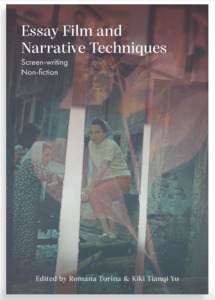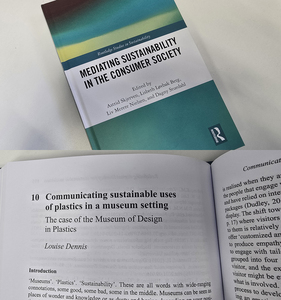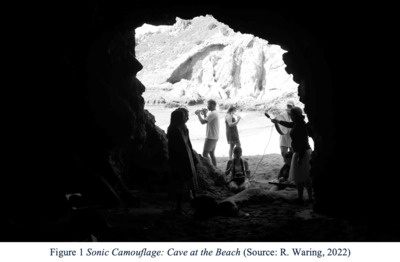The Beaumont Hamel Newfoundland Memorial is a 16.5 hectare (40 acre) tract of preserved battleground dedicated primarily to the memory of the 1st Newfoundland Regiment, who suffered an extremely high percentage of casualties during the first day of the Battle of the Somme in July 1916. Beaumont Hamel Memorial is a complex landscape of commemoration where Newfoundland, Canadian, Scottish and British imperial associations compete for prominence. A previous paper argued that those who chose the site of the Park, and subsequently reordered its topography, helped to contrive a particular historical narrative that prioritized certain memories over others (Gough, 2004). This argument focused on the premeditated redesign of the ‘park’ after the Great War, and then again in the early 1960s. Since the publication of the paper the soaring popularity of battlefield tours and visits has placed an intolerable strain on the very land that many regard as sacred and hallowed. A land that took decades to recover and reclaim from violation is now being threatened again both by developers and by crowds of tourists. As a result, measures have been taken to restrict access and control roaming rights. This paper will revisit the original arguments and examine the many tensions that have arisen in one of the most popular destinations on the old battle front. Reflecting on the recent dispute, the paper will explore issues of historical accuracy, topographical legibility, freedom of access, and assumed ownership. It will also try to understand the recent disputes as examples of borrowed ‘entitlement’ and a resistance (by some British visitors) to recognizing the historic value of Canadian (or more specifically, Newfoundland) heritage.
 |



 Lists
Lists Lists
Lists

![1_Beaumont low res_ 80503653PFcor.jpg [thumbnail of 1_Beaumont low res_ 80503653PFcor.jpg]](https://research.aub.ac.uk/185/9.haslightboxThumbnailVersion/1_Beaumont%20low%20res_%2080503653PFcor.jpg)









